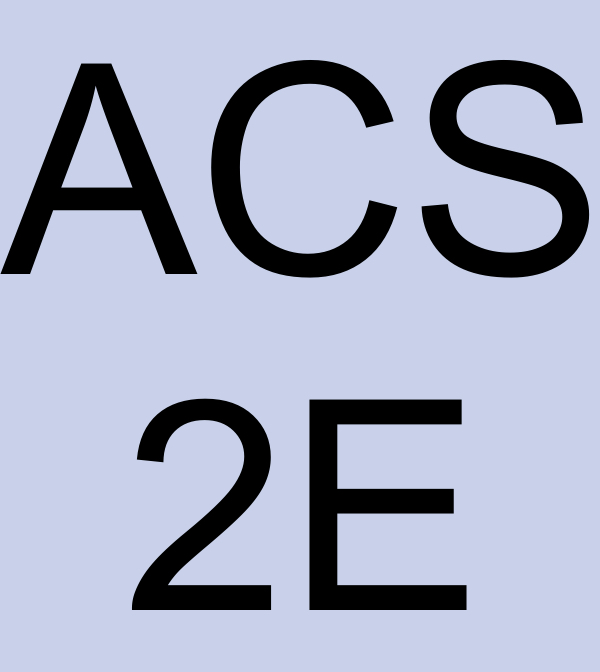Activity 8.1.4.
We continue to work with \(f(x)=e^x\) and the four approximations of degree \(1\text{,}\) \(2\text{,}\) \(3\text{,}\) and \(4\) given by \(T_1(x)\text{,}\) \(T_2(x)\text{,}\) \(T_3(x)\text{,}\) and \(T_4(x)\text{.}\)
(a)
In Preview Activity 8.1.1, we built a spreadsheet that computed the differences between \(f(x)\) and \(T_1(x)\) for \(x\)-values between \(-1\) and \(1\text{,}\) spaced \(0.1\) units apart. Your spreadsheet started like the one shown in the table in Preview Activity 8.1.1.
Next, we build an updated version of this spreadsheet that computes similar differences between \(f\) and the three higher degree approximations we have found. In particular, we now want to have columns for \(\Delta x\text{,}\) \(x\text{,}\) \(f(x)\text{,}\) \(T_1(x)\text{,}\) \(T_2(x)\text{,}\) \(T_3(x)\text{,}\) and \(T_4(x)\text{,}\) plus the absolute differences \(|f(x) - T_1(x)|\text{,}\) \(|f(x) - T_2(x)|\text{,}\) \(|f(x) - T_3(x)|\text{,}\) and \(|f(x) - T_4(x)|\text{.}\) Hint: when building your entries, note that you can think of \(T_2(x)\) as \(T_2(x) = T_1(x) + \frac{1}{2}x^2\text{,}\) and similarly view \(T_3(x)\) as “\(T_2(x)\) plus one more term”.
Include at least \(5\) digits of accuracy beyond the decimal. The first seven columns of your spreadsheet might start like this:
| \(\Delta x\) | \(x\) | \(f(x)\) | \(T_1(x)\) | \(T_2(x)\) | \(T_3(x)\) | \(T_4(x)\) |
| \(0.1\) | \(-1.0\) | \(0.36787\) | \(0.00000\) | \(0.50000\) | \(0.33333\) | \(0.37500\) |
| \(0.1\) | \(-0.9\) | \(0.40657\) | \(0.10000\) | \(0.50500\) | \(0.38350\) | \(0.41083\) |
The next four columns of your spreadsheet should begin as follows:
| \(|f(x)-T_1(x)|\) | \(|f(x)-T_2(x)|\) | \(|f(x)-T_3(x)|\) | \(|f(x)-T_4(x)|\) |
| \(0.36787\) | \(0.13212\) | \(0.03454\) | \(0.00712\) |
| \(0.30657\) | \(0.09843\) | \(0.02307\) | \(0.00426\) |
(b)
We call the value of \(|f(x) - T_2(x)|\) the absolute error of the quadratic approximation of \(f\) at the value \(x\). What is the absolute error of the quadratic approximation at \(x = -1\text{?}\) at \(x = 1\text{?}\)
(c)
What is the absolute error of the cubic (degree \(3\)) approximation, \(T_3(x)\text{,}\) at \(x = -1\text{?}\) at \(x = 1\text{?}\)
(d)
What is the absolute error of the quartic (degree \(4\)) approximation, \(T_4(x)\text{,}\) at \(x = -1\text{?}\) at \(x = 1\text{?}\)
(e)
Study your spreadsheet for trends that you notice as the value of \(x\) changes or the degree \(n\) of the approximation changes. What are your observations?
(f)
Investigate the errors in the various approximations for a wider interval of \(x\)-values. For example, you might consider starting at \(x = -2\) with \(\Delta x = 0.2\text{.}\) What do you notice?

